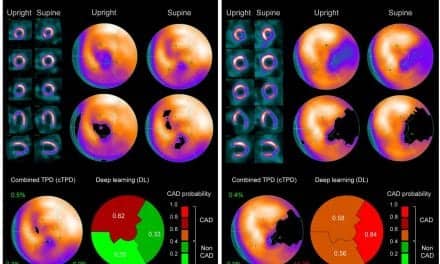A team of global researchers have developed a new PET scanning technique that promises to decrease patients’ exposure to radiation.
A team of researchers from the University of Sydney, University of North Carolina at Chapel Hill, Sichuan University, the University of Wollongong, North Carolina State University, and Nanjing University of Aeronautics and Astronautics has proposed a novel method using unique 3D medical imaging techniques which reduce the radiation dose while maintaining the high quality of PET images.
The findings were recently published in NeuroImage.
Luping Zhou, PhD, an expert in medical imaging from the University of Sydney’s School of Electrical and Information Engineering, and her colleagues tested their method on human brains, including subjects diagnosed with a mild cognitive impairment.
“Our experimental results show that our proposed method outperforms the benchmark methods and achieves much better performance than the state-of-the-art methods in both qualitative and quantitative measures,” Zhou says. “Our method improves the clinical usability, processing speed and encourages less blurring and overall better image quality.”
Different from other medical imaging techniques that consider an image’s appearance slice by slice, the researchers proposed method is 3D.
“Our technique uses unique machine learning algorithms—known as 3D conditional generative adversarial networks (or 3D c-GANs)—to estimate the high-quality full-dose PET images from low-dose ones,” Zhou adds.






